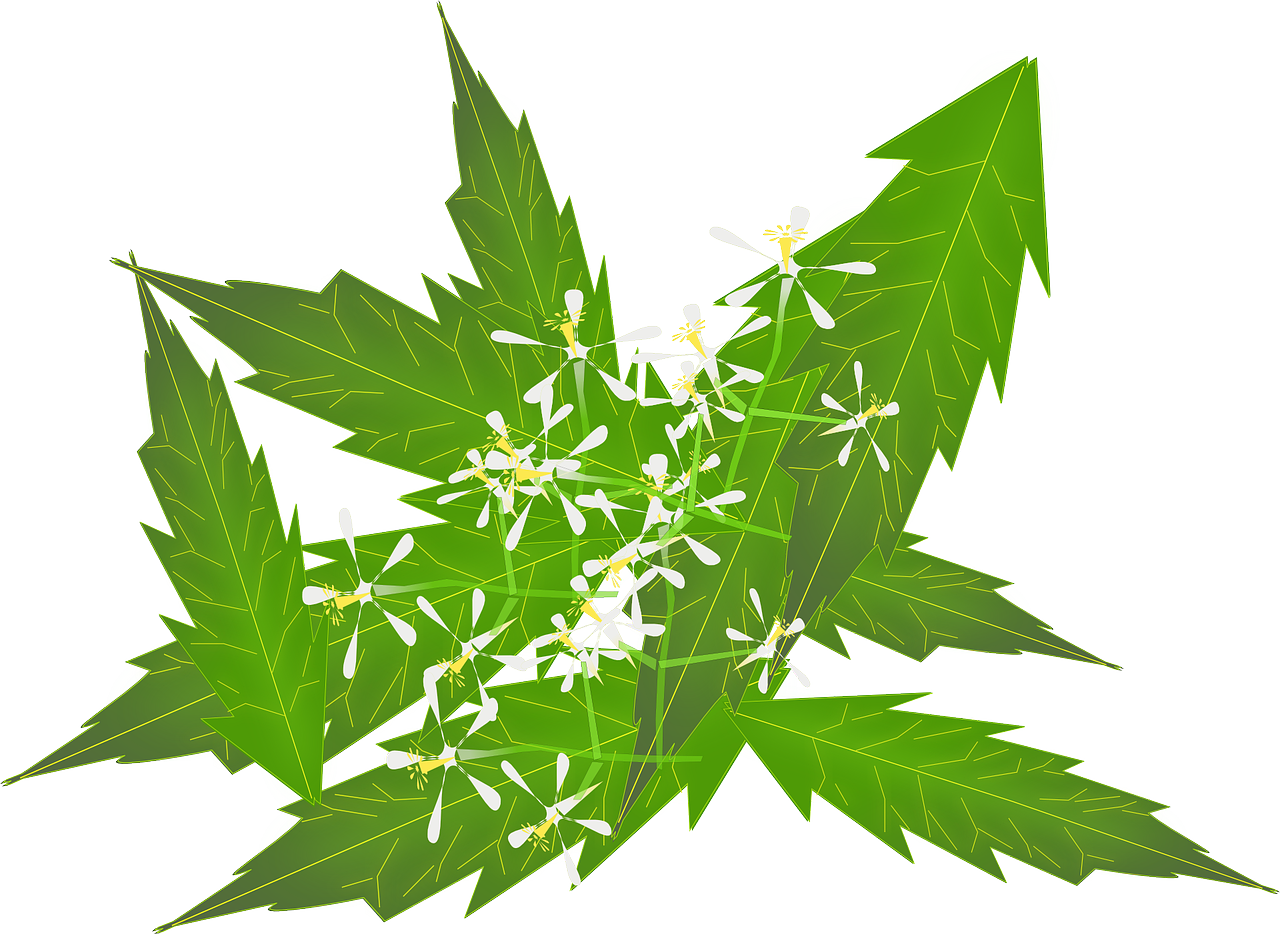Ayurveda Meaning
Ayurveda is a complementary and alternative medicine practice for thousands of years. Ayurveda is a complementary and alternative medicine practice that has been practised on the Indian subcontinent for thousands of years. Around eighty per cent of India’s and Nepal’s populations have reported making use of the amazing ayurvedic health benefits of turmeric at some point in their lives.
Over the course of more than two Ayurveda is a complementary and alternative medicine practice that has been practised on the Indian subcontinent for thousands of years. Both the theory and the practice of Ayurveda have been categorised as pseudoscience by some doubters.
Around eighty per cent of India’s and Nepal’s populations have reported making use of ayurvedic practises at some point in their lives. Over the course of more than two thousand years, Ayurvedic treatment methods have diversified and progressed. Herbal medicines, specific diets, meditation, yoga, massage, laxatives, enemas, and medical oils are all examples of different types of therapies.
Traditional Ayurvedic Remedies
Traditionally, Ayurvedic remedies are composed of a wide variety of complex plant components, mineral substances, and metal elements (perhaps under the influence of early Indian alchemy or rasa shastra).
Ayurvedic books from the past also included instructions on surgical procedures, such as rhinoplasty, the removal of kidney stones and other foreign objects, suturing, and extraction of wounds. Ayurvedic treatment methods have diversified and progressed over the years.
It instructs us on how to avoid contracting diseases by modifying the ways in which we eat and live.
Hippocrates emphasised the same notion, and he advised mankind to “Let your food be your medicine.”
Turmeric’s Healing Properties
Let’s learn more about one of the most well-known spices in Ayurveda, which is yet not fully understood by the average person. Over the course of the past few years, there has been a rise in the number of people interested in turmeric and the medical characteristics it possesses.
Ayurveda, on the other hand, has praised turmeric’s healing properties so much that it is used in almost every ayurvedic treatment for liver and skin problems.
Since 6000 years ago, this herb has been present on the shelves of every Indian kitchen. It is so important that it is often referred to as the “king of the kitchen.”
Turmeric is a spice that has been used in India for centuries to treat a variety of illnesses. The ancient medical discipline is predicated on the idea that diseases can be avoided by taking preventative measures.
Turmeric Health Benefits
Studies have shown that turmeric has a variety of health benefits, including reducing inflammation, reducing the risk of cancer, and improving overall health.
Turmeric is a natural way to improve your overall health and reduce your risk of diseases.
It is something that is used every day in the kitchen. It is not only used in the kitchen, but also as a beauty product and a dye.
The plant is known as turmeric, or Curcuma Longa is a member of the Zingiberaceae family and is a perennial that can reach heights of up to three to five feet when grown in tropical climates.
It is cultivated across India, particularly in the states of Bengal, Bombay, and Tamil Nadu.
In Ayurvedic medicine, turmeric is valued for both its health benefits and its golden colour.
This is clear from the fact that turmeric is called many different things in ayurvedic texts that are thousands of years old.
These are some examples of
- Haridra is an agent that improves the complexion of the body.
- Kanchani – looks like gold.
- Nisha bestows beauty by boosting her complexion, which is as stunning as the moon on a full moon night.
- Gowri is characterised by a yellow hue.
- Krimighni is effective as both an antihelminthic and an antibacterial agent.
- Yoshit priya is employed in the treatment of gynaecological conditions.
Haldi is the name given to turmeric in the Hindi language.
This plant’s rhizomes and roots can be utilised for medicinal purposes, in addition to a variety of other applications. The rhizomes are first dried and then powdered after being heated.
This powder can be utilised in a variety of contexts.
What Is Curcumin Good For
Curcumin is the chemical component of turmeric that is responsible for its active properties. Curcumin is a powerful antioxidant that also decreases inflammation by lowering levels of the chemical histamine.
Curcumin preserves liver tissue, lowers cholesterol levels, and stops blood from clotting internally, hence lowering the risk of heart attacks and reducing damage to liver tissue.
It Is Quite Safe To Eat Turmeric?
You can eat turmeric with no worries. When taken orally, turmeric is most likely safe for short-term use. Turmeric products containing up to eight grammes of curcumin per day appear to be safe when used for up to two months.
Related articles:
Lower Your Blood Sugar Levels Naturally
11 Health Benefits Of Fruit And Vegetable Smoothies
Eating Minerals For Better Health
Turmeric Rarely Causes Side Effects.
Curcumin in high doses may cause mild side effects in some people, but it is generally considered safe. People with gallstones, hyperacidity, stomach ulcers, or obstructive jaundice, on the other hand, should be given extra safety precautions.
According to Ayurvedic teachings, the properties of turmeric might be described as:
- light and dry.
- It tastes spicy and bitter at the same time.
- It is often used to treat problems with the skin, the lungs, and the liver.
- The blood is cleaned, and the complexion is improved.
What Are The Side Effects Of Turmeric?
What are the Potential Risks Associated with Turmeric?
Ayurvedic medicine recommends using this golden plant to purify the blood and prevent it from clotting as a means to achieve one’s highest level of health.
It is frequently utilised as a preventive mechanism in the liver against toxins and microorganisms.
Turmeric works to increase bile production while simultaneously facilitating its smoother movement through the digestive tract.
It is feasible to make use of this plant in order to shield the liver from the adverse effects that are caused by alcohol consumption.
The result of this is a reduction in cholesterol levels as well as protection for the heart.
Turmeric Benefits
- Tumeric on the respiratory system
Asthma, bronchitis, and productive cough are a few illnesses that benefit well from turmeric therapy.
It is advised to consume one teaspoon of boiling turmeric in milk and one teaspoon of pure ghee when suffering from bronchitis, asthma, or a productive cough.
This results in very effective relief and expelled an excessive amount of mucus that has built up in the lungs.
- Turmeric’s anti-oxidant properties
Turmeric’s anti-oxidant properties have a dual effect of making us feel and look younger.
It helps keep our hearts healthy, our cholesterol in check, and our joints from getting inflamed.
- On Diabetes
It is a common part of a number of ayurvedic treatments for diabetes.
It lowers the amount of sugar in the blood and speeds up the way glucose is used by the body.
- On Uterus
It makes the menstrual cycle regular again and eases the cramping that comes with it.
- On skin
Blood feeds the skin, and it’s a well-known fact that pure blood always makes the skin look beautiful and healthy.
Turmeric helps clean the blood, feeds the skin, and gives the skin a natural glow that is bright and healthy.
These benefits can be attributed to turmeric’s anti-inflammatory properties.
A traditional Indian face pack consists of gramme flour, pure turmeric powder, milk, and honey as its four primary components.
This reduces the irritation that the skin experiences, makes the skin smoother, and guards against a wide variety of diseases that can affect the skin.
- About the stomach and the intestines
Turmeric can help with digestion, get the metabolism back on track, and get rid of parasites in the digestive tract.
- With regards to Blows
Turmeric speeds up the healing process, and it also directly reduces pain and inflammation.
When a thick paste of turmeric is put on a wound, it works great as both an antibiotic and a pain reliever.
Conclusion
Turmeric helps the body clean itself and get rid of toxins. It is a herb that anyone can use to their full advantage.
It helps you feel good about yourself and happy when you exercise. It also makes your muscles more flexible and reduces inflammation in your muscles and joints.
Don’t you think that nature has given us a great gift in the form of this golden herb? The gold rush should start right now.





